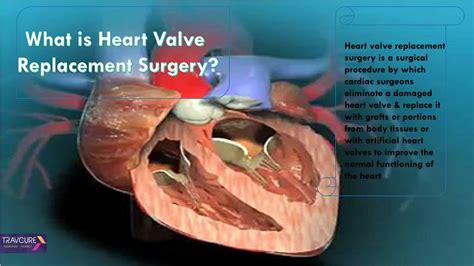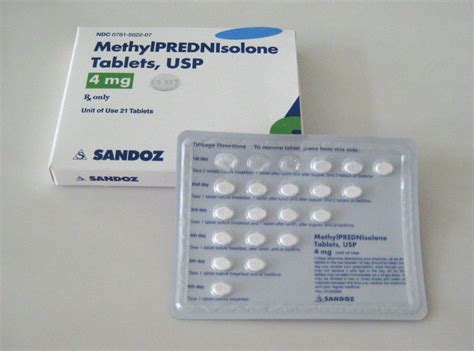Heart valve replacement surgery is a complex and highly specialized procedure that involves the removal of a diseased or damaged heart valve and its replacement with an artificial or biological valve. This surgical intervention is often necessary to treat conditions such as mitral regurgitation, aortic stenosis, and tricuspid regurgitation, among others, where the valve’s malfunction significantly impairs the heart’s ability to pump blood efficiently.
Understanding Heart Valve Disease
Before delving into the specifics of heart valve replacement surgery, it’s essential to understand the basics of heart valve disease. The heart contains four valves: the mitral valve, tricuspid valve, pulmonary valve, and aortic valve. These valves work like gates, allowing blood to flow in one direction while preventing it from flowing backward. When these valves become diseased or damaged, they can either fail to open fully (stenosis) or fail to close properly (regurgitation), leading to impaired heart function.
Symptoms of Heart Valve Disease
Symptoms can vary depending on the specific valve affected and the severity of the disease but often include: - Shortness of breath - Fatigue - Swelling in the legs, ankles, or feet - Chest pain or palpitations - Coughing, especially when lying down
The Decision for Surgery
The decision to undergo heart valve replacement surgery is typically made after other treatments have been tried and when the valve disease starts to significantly impact the patient’s quality of life and health. The type of surgery and the material of the new valve (mechanical or biological) depend on various factors, including the patient’s age, overall health, lifestyle, and the specific condition of the damaged valve.
Mechanical vs. Biological Valves
- Mechanical Valves: Made from materials like titanium or carbon, these valves are durable and can last for many years. However, patients with mechanical valves must take blood-thinning medications for the rest of their lives to prevent blood clots from forming on the valve.
- Biological Valves: Derived from animal tissues or human donor tissues, these valves have a more natural feel and function. They typically don’t require long-term use of blood thinners but may need to be replaced every 10 to 15 years.
Procedure Overview
Heart valve replacement surgery is typically performed under general anesthesia and involves the following steps: 1. Incision: The surgeon makes an incision in the chest to access the heart. 2. Cardiopulmonary Bypass: The patient is connected to a heart-lung machine, which takes over the function of the heart and lungs during the surgery, allowing the surgeon to operate on a still heart. 3. Valve Removal: The diseased valve is carefully removed. 4. Valve Replacement: The new valve is sewn into place. 5. Closure: The incision is closed, and the patient is taken off the heart-lung machine.
Recovery and Follow-Up
Recovery from heart valve replacement surgery can vary, but most patients spend several days in the hospital. During this time, they are closely monitored for any complications. After discharge, patients typically need several weeks to recover fully, during which they must follow a specific regimen that may include medications, physical therapy, and lifestyle adjustments.
Post-Surgery Care
- Medications: Patients may need to take medications to prevent blood clots or to manage other conditions.
- Diet and Exercise: A healthy diet and gradual return to physical activity are crucial for recovery.
- Follow-Up Appointments: Regular check-ups with the healthcare provider are necessary to monitor the new valve and overall heart health.
Emerging Trends and Technologies
The field of heart valve replacement is continually evolving, with advancements in minimally invasive surgeries and transcatheter valve replacement procedures. These innovations aim to reduce recovery time, minimize scarring, and make the surgery accessible to patients who might not be good candidates for open-heart surgery.
Transcatheter Aortic Valve Replacement (TAVR)
TAVR is a minimally invasive procedure used to treat aortic stenosis. Instead of opening the chest, the surgeon inserts a catheter through an artery in the leg and guides it to the heart, where a new valve is deployed to replace the diseased one. This approach has been a significant breakthrough for patients at high risk for open-heart surgery.
Conclusion
Heart valve replacement surgery is a life-changing intervention for individuals suffering from severe heart valve disease. While the surgery and recovery can be daunting, advancements in medical technology and surgical techniques continue to improve outcomes. Patients undergoing this surgery can look forward to a significant improvement in their quality of life, offering them the chance to engage in activities they once found challenging due to their condition.
What are the risks associated with heart valve replacement surgery?
+Risks can include bleeding, infection, stroke, and kidney problems. The risk of these complications varies depending on the patient's overall health and the presence of other medical conditions.
How long does it take to fully recover from heart valve replacement surgery?
+Full recovery can take several weeks to a few months. Patients typically need 4 to 6 weeks before they can return to their normal activities and 3 to 6 months before they can engage in strenuous exercise.
Can heart valve replacement surgery be performed without opening the chest?
+Yes, for certain conditions, such as aortic stenosis, transcatheter valve replacement procedures like TAVR can be used. These procedures involve inserting a catheter through an artery in the leg and guiding it to the heart to replace the valve.
In conclusion, heart valve replacement surgery, while complex, offers a significant improvement in the quality of life for patients with severe heart valve disease. Continuing advancements in surgical techniques and technologies are making this life-saving intervention safer and more accessible to a broader range of patients.



